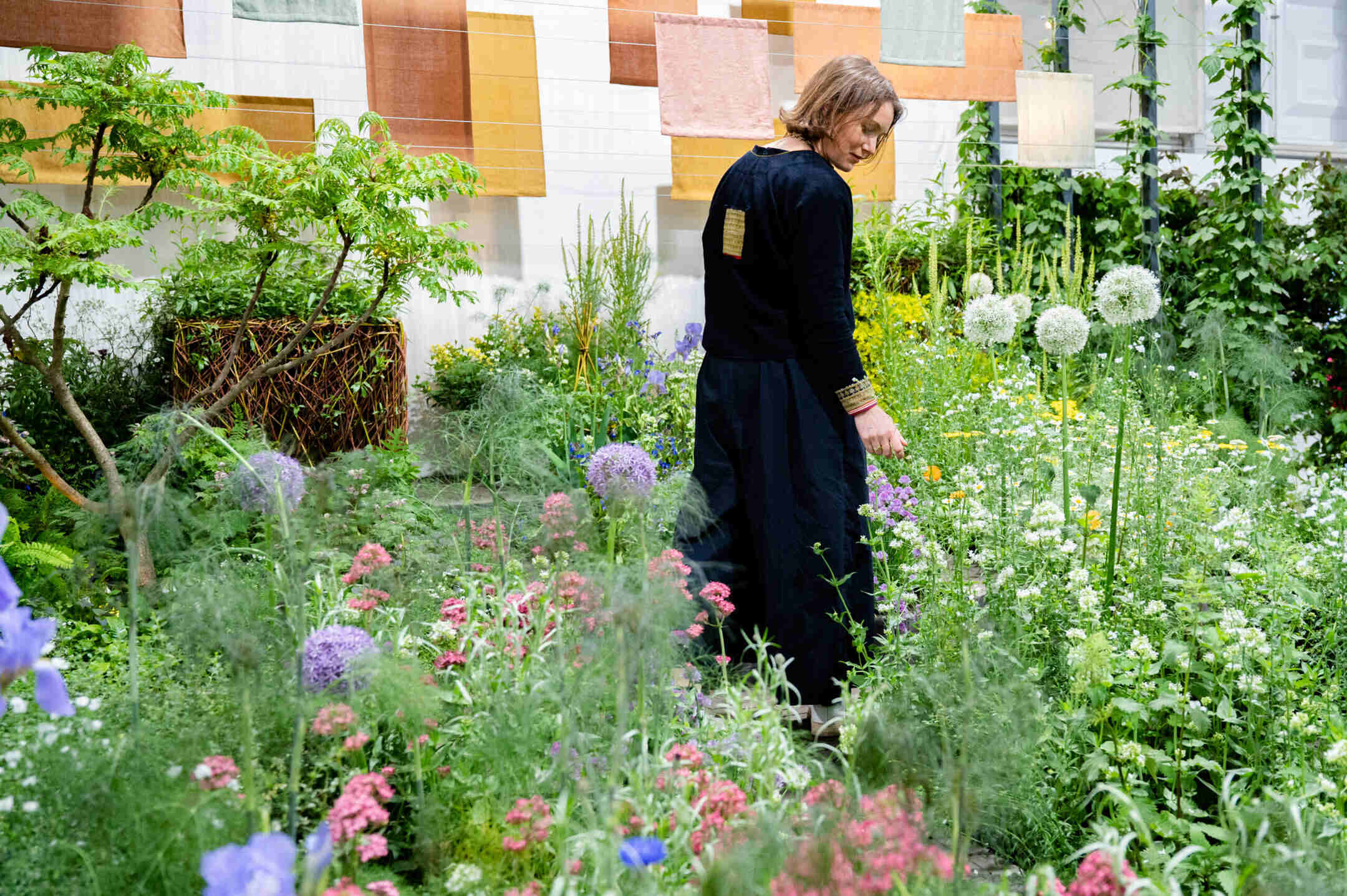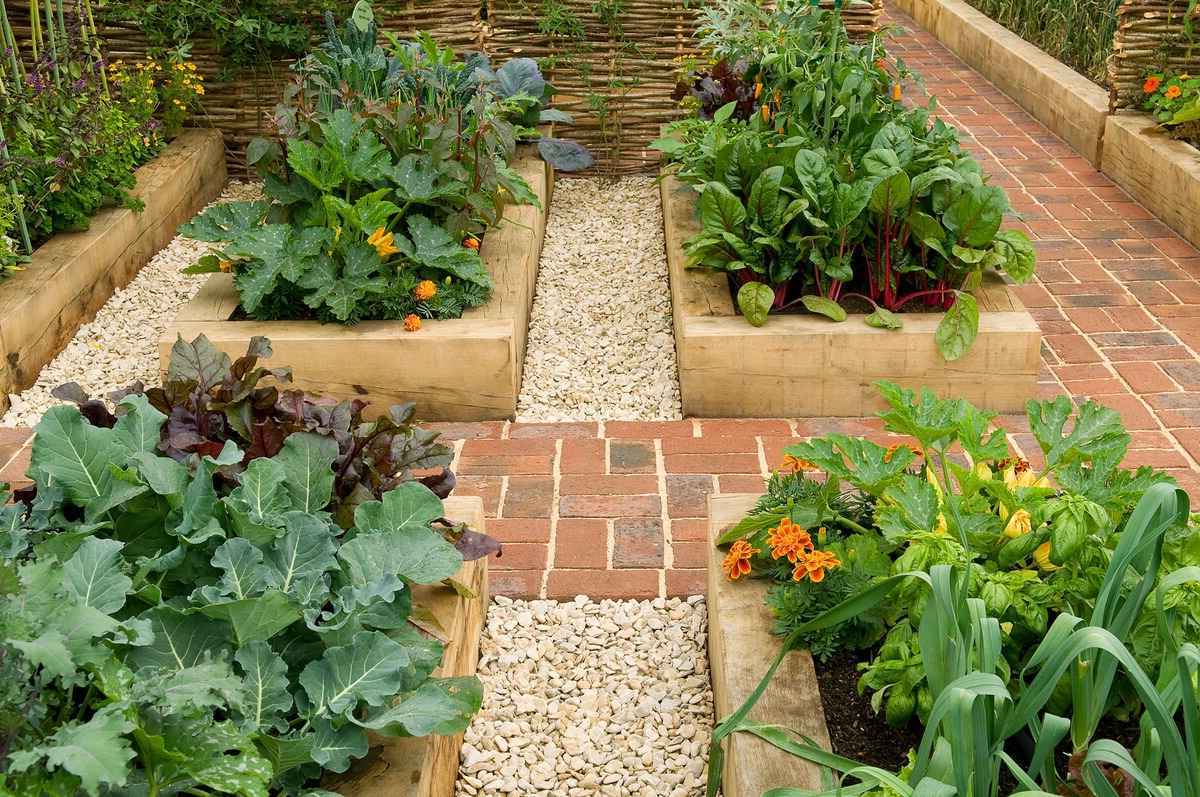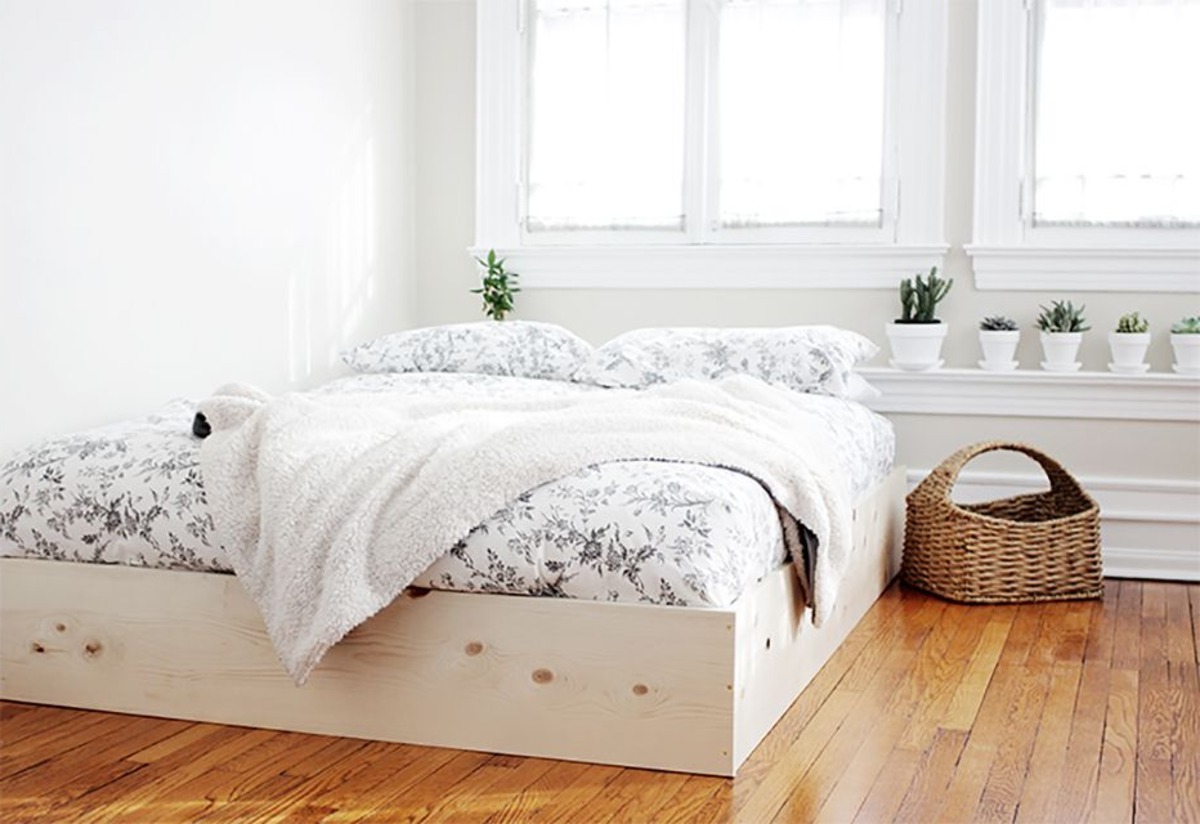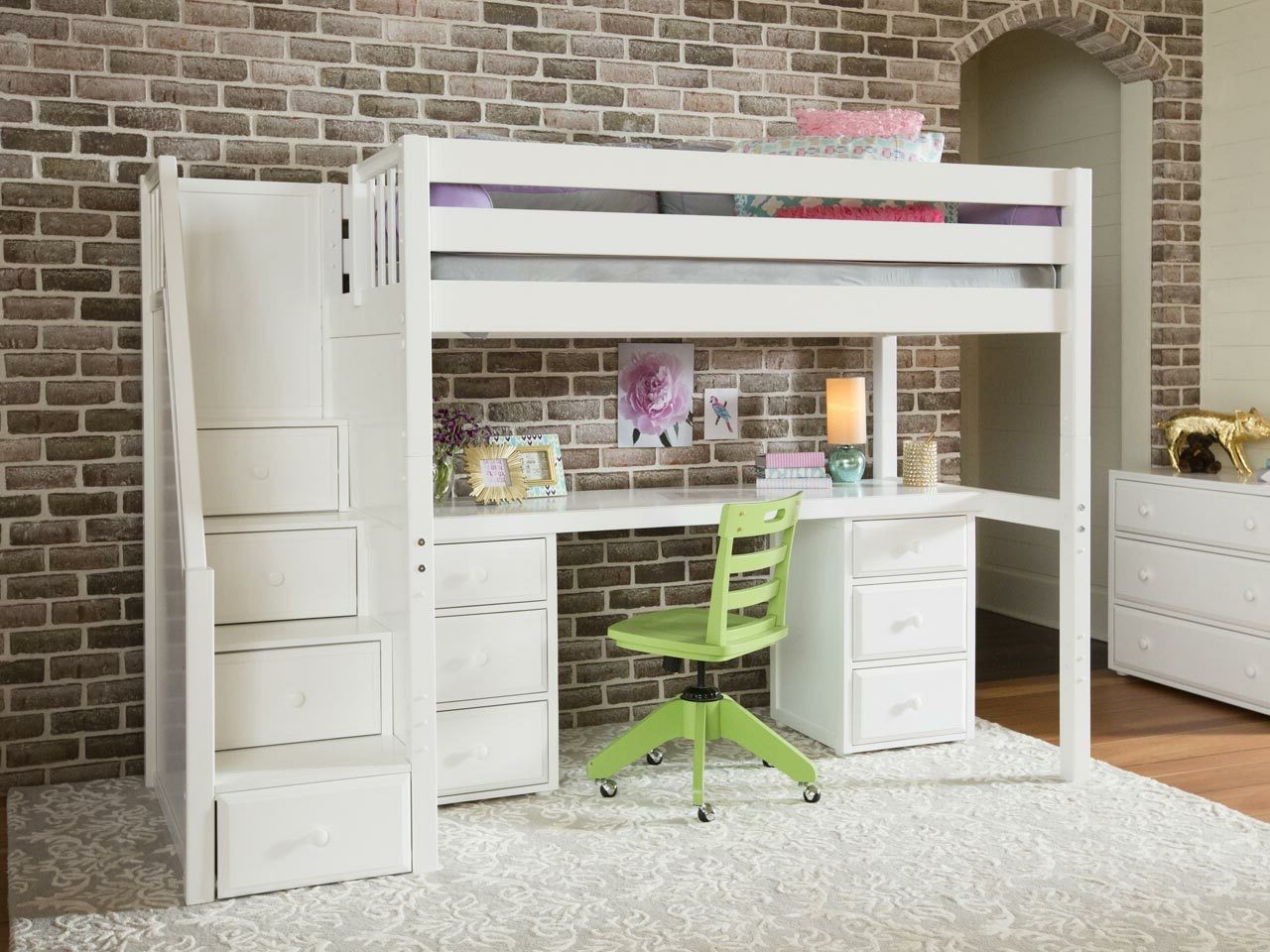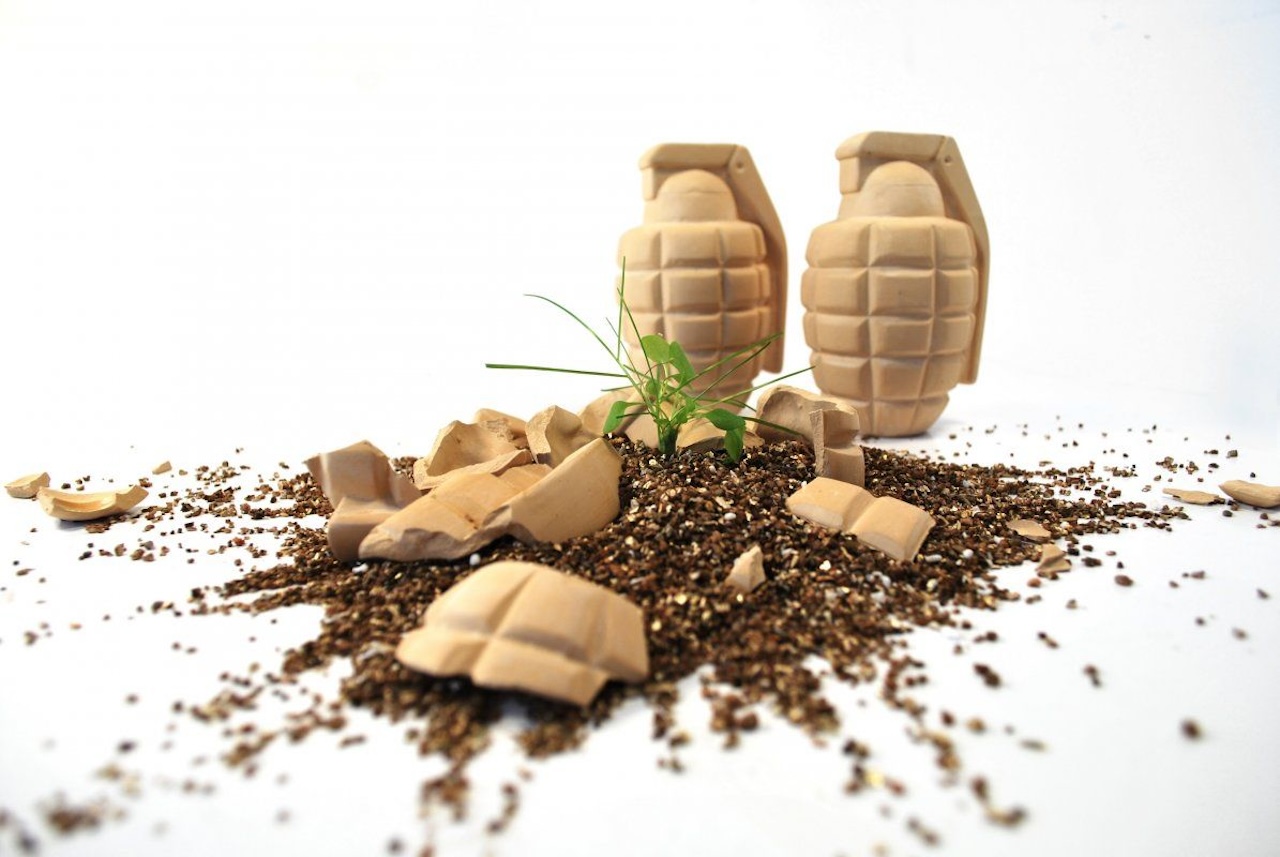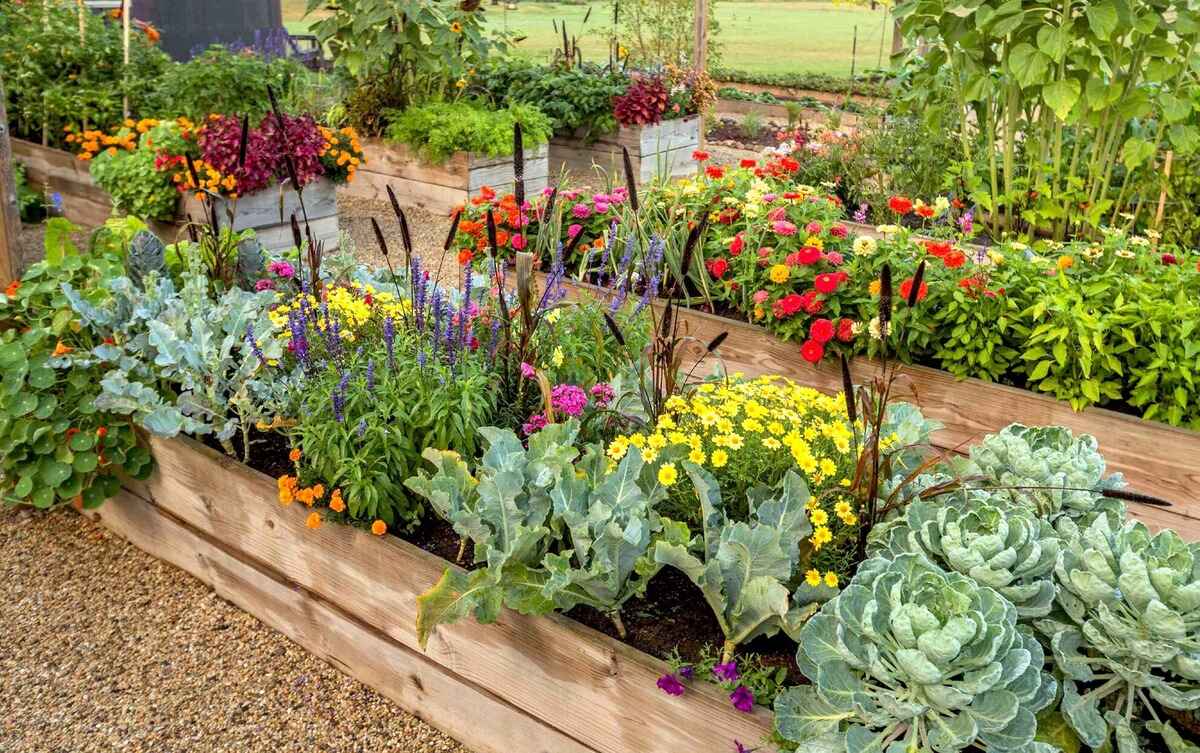Home>Outdoors & Camping>Landscaping>How To Make A Flower Bed
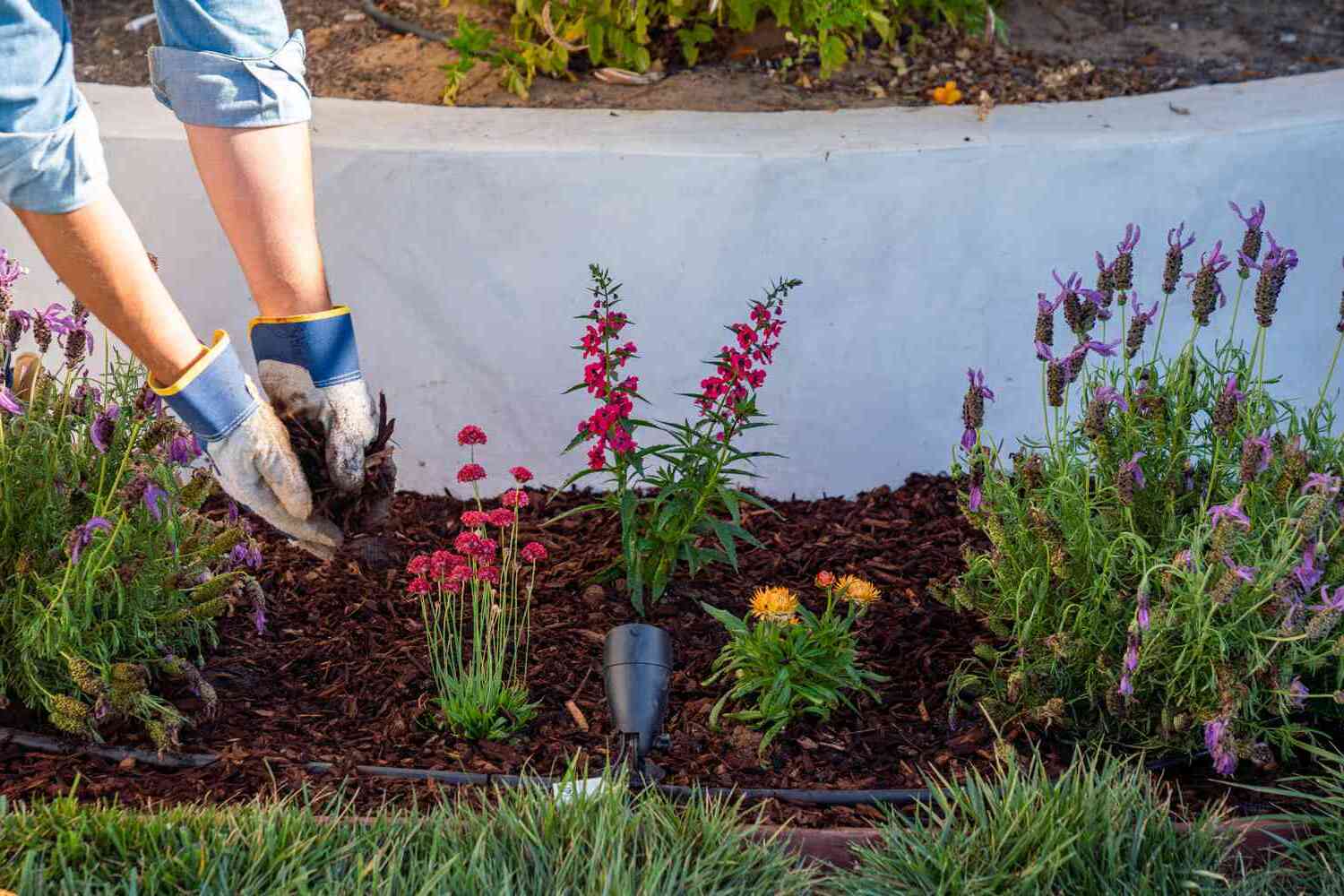

Landscaping
How To Make A Flower Bed
Published: March 7, 2024

Content Creator for Outdoors & Camping, Sophie turns any yard into a sustainable paradise. Her dedication to DIY outdoor projects and volunteer work in community gardens shares joy and knowledge.
Learn how to create a stunning flower bed with our expert landscaping tips. Transform your outdoor space with our step-by-step guide.
(Many of the links in this article redirect to a specific reviewed product. Your purchase of these products through affiliate links helps to generate commission for Twigandthistle.com, at no extra cost. Learn more)
Introduction
So, you've decided to add a pop of color and natural beauty to your yard by creating a flower bed. But where do you start? How do you ensure that your flower bed thrives and becomes the envy of the neighborhood? In this guide, we'll walk you through the step-by-step process of creating a stunning flower bed that will brighten up your outdoor space and bring joy to your heart every time you see it. Let's dive in and get those green thumbs working!
Read more: How to Build Cedar Window Boxes
Choosing the Right Location
When it comes to creating a flower bed, the first step is to choose the right location. Here are some key factors to consider when selecting the perfect spot for your flower bed:
-
Sunlight: Most flowering plants require ample sunlight to thrive. Choose a location that receives at least 6-8 hours of sunlight per day. South or west-facing areas are often ideal for flower beds as they tend to receive the most sunlight.
-
Soil Drainage: Ensure that the chosen location has good soil drainage. Avoid areas that are prone to waterlogging, as excessive moisture can lead to root rot and other issues. If your yard has poor drainage, consider creating raised flower beds to improve the soil's drainage capabilities.
-
Accessibility: Consider the accessibility of the location. You'll want to be able to easily access your flower bed for planting, watering, and maintenance. Avoid areas that are difficult to reach or are obstructed by other landscaping features.
-
Aesthetics: Think about the overall aesthetics of your yard. Choose a location that complements the existing landscape and adds visual appeal to the outdoor space. A well-placed flower bed can enhance the beauty of your yard and create a focal point for your garden.
By carefully considering these factors, you can select the perfect location for your flower bed, setting the stage for a vibrant and thriving garden display.
Selecting the Right Flowers
Choosing the right flowers for your flower bed is crucial to its success. Here are some key considerations to keep in mind when selecting the perfect blooms for your garden:
-
Climate and Hardiness: Consider the climate in your area and choose flowers that are well-suited to the local conditions. Opt for hardy perennials that can withstand the seasonal changes in your region. If you live in a colder climate, look for cold-hardy flowers that can survive frost and snow.
-
Color and Bloom Time: Think about the color scheme you want for your flower bed. Consider the bloom time of different flowers to ensure that you have a continuous display of color throughout the growing season. Mix and match flowers with varying bloom times to create a dynamic and ever-changing floral landscape.
-
Height and Size: Pay attention to the height and size of the flowers you choose. Create visual interest by incorporating a mix of tall, medium, and low-growing plants. Taller flowers can be placed at the back of the bed, while shorter ones can be positioned towards the front to create a layered and balanced look.
-
Complementary and Contrasting Varieties: Select flowers that complement and contrast with each other. Pair bold, vibrant blooms with softer, more delicate ones to create a visually appealing composition. Consider the foliage as well, as different leaf textures and colors can add depth and dimension to your flower bed.
-
Pollinator-Friendly Plants: If you want to attract pollinators such as bees and butterflies to your garden, choose flowers that are known for their pollinator-friendly qualities. Look for nectar-rich blooms that will not only beautify your garden but also support local pollinator populations.
By carefully considering these factors and doing some research on the specific flowers that thrive in your area, you can create a stunning and well-balanced flower bed that will be the highlight of your outdoor space.
Preparing the Soil
Preparing the soil is a crucial step in creating a healthy and thriving flower bed. Here's how to get your soil in prime condition for planting:
-
Clear the Area: Begin by clearing the chosen area of any debris, weeds, rocks, or other obstructions. This will provide a clean canvas for your flower bed and prevent competing vegetation from encroaching on your newly planted flowers.
-
Test the Soil: It's essential to test the soil to determine its pH level and nutrient content. You can purchase a soil testing kit from a garden center or utilize the services of a professional soil testing lab. The results will guide you in making any necessary amendments to the soil.
-
Amend the Soil: Based on the soil test results, you may need to amend the soil to optimize its fertility and pH balance. Adding organic matter such as compost, well-rotted manure, or peat moss can improve soil structure, drainage, and nutrient levels. Additionally, you can adjust the pH of the soil by incorporating lime to raise the pH or sulfur to lower it, as needed.
-
Till the Soil: Use a garden fork or a tiller to loosen the soil to a depth of at least 12 inches. This will aerate the soil, improve its texture, and create a welcoming environment for plant roots to establish and spread.
-
Create Raised Beds (Optional): In areas with poor drainage or compacted soil, consider creating raised beds to provide better growing conditions for your flowers. Raised beds also offer better control over soil quality and can be particularly beneficial in urban or suburban settings with limited space.
-
Add Fertilizer: If the soil test indicates a deficiency in essential nutrients, consider incorporating a balanced, slow-release fertilizer into the soil. This will provide a nutrient boost to support the initial growth of your flowers.
By following these soil preparation steps, you'll create an optimal growing environment for your flowers, setting the stage for a vibrant and flourishing flower bed.
Planting the Flowers
Now that you've prepared the soil, it's time to bring your flower bed to life by planting the flowers. Follow these steps to ensure a successful and visually stunning planting process:
-
Lay Out the Design: Before digging in, lay out the design of your flower bed by placing the potted flowers on the soil surface. This will allow you to visualize the arrangement and make any adjustments before planting.
-
Dig Planting Holes: Use a trowel or shovel to dig planting holes for each flower. The depth and width of the holes should accommodate the root ball of the plants, ensuring a snug fit without overcrowding.
-
Remove Plants from Containers: Gently remove the plants from their containers, being careful not to damage the roots. If the roots are tightly bound, gently tease them apart to encourage outward growth.
-
Planting Depth: Place each plant in its respective hole at the same depth it was growing in the container. Ensure that the top of the root ball is level with the surrounding soil surface.
-
Backfill and Firm Soil: Fill in the holes with soil, gently firming it around the base of each plant to provide stability. Avoid compacting the soil too firmly, as this can hinder water and air circulation.
-
Water Thoroughly: After planting, give your flowers a thorough watering to help settle the soil around the roots and provide essential moisture for their initial growth. Ensure that the soil is evenly moist but not waterlogged.
-
Space Plants Appropriately: Pay attention to the spacing recommendations for each type of flower to allow for proper air circulation and future growth. Overcrowding can lead to competition for resources and increased susceptibility to disease.
-
Consider Companion Planting: Take advantage of companion planting by strategically placing flowers that benefit each other when grown in close proximity. For example, pairing aromatic herbs with flowering plants can help deter pests and attract beneficial insects.
By following these steps, you'll ensure that your flowers are planted with care and consideration, setting the stage for a beautiful and thriving flower bed.
Read more: Create a Stunning DIY Flower Wall
Mulching and Watering
Mulching and watering are essential aspects of maintaining a healthy and vibrant flower bed. Here's how to effectively mulch and water your newly planted flowers to promote their growth and overall well-being:
Mulching
- Choose the Right Mulch: Select a suitable mulching material such as organic mulch (shredded bark, wood chips, or compost) or inorganic mulch (gravel or stone). Organic mulches not only help retain moisture but also enrich the soil as they decompose.
- Apply Mulch Evenly: Spread a layer of mulch around the base of your plants, ensuring an even depth of 2-4 inches. Avoid piling mulch directly against the plant stems, as this can lead to moisture-related issues and stem rot.
- Benefits of Mulching: Mulch helps conserve soil moisture, suppresses weed growth, regulates soil temperature, and enhances the overall aesthetics of the flower bed. It also acts as a protective layer, shielding the soil and plant roots from harsh weather conditions.
Watering
- Establish a Watering Routine: Develop a consistent watering schedule, especially during the initial stages of plant establishment. Water deeply but infrequently to encourage deep root growth and drought tolerance.
- Watering Techniques: Use a soaker hose, watering can, or drip irrigation system to deliver water directly to the base of the plants, minimizing water waste and reducing the risk of foliage diseases.
- Monitor Soil Moisture: Check the soil moisture regularly by inserting your finger into the soil. Water when the top inch of soil feels dry to the touch, ensuring that the entire root zone is adequately hydrated.
- Early Morning Watering: Water your flower bed in the early morning to allow foliage to dry during the day, reducing the risk of fungal diseases. Avoid watering in the evening, as prolonged moisture on the leaves can promote disease development.
- Adjust Watering Based on Weather: During hot and dry periods, increase the frequency of watering to prevent drought stress. Conversely, reduce watering during periods of heavy rainfall to avoid waterlogged soil conditions.
- Consider Drip Irrigation: Installing a drip irrigation system can provide efficient and targeted watering, delivering water directly to the root zone while minimizing water loss through evaporation and runoff.
By mulching and watering your flower bed with care and attention, you'll provide the necessary support for your plants to thrive, bloom, and create a stunning display of natural beauty in your outdoor space.
Maintaining the Flower Bed
Maintaining your flower bed is essential for ensuring the long-term health and beauty of your garden. Regular maintenance tasks will help your flowers thrive and continue to brighten up your outdoor space. Here are some key maintenance practices to keep your flower bed in top condition:
Read more: How to Build a Closet Loft Bed
Weed Control
Regularly inspect your flower bed for weeds and promptly remove them to prevent competition for nutrients, water, and sunlight. Use a hand tool or carefully pull weeds by hand, ensuring that you remove the entire root system to prevent regrowth. Applying a layer of mulch can also help suppress weed growth and reduce the need for frequent weeding.
Deadheading
Deadheading, or the removal of spent flowers, encourages continuous blooming and prevents the formation of seeds. Use pruners or scissors to snip off faded blooms, cutting just above a set of healthy leaves or buds. Deadheading not only promotes a tidy appearance but also redirects the plant's energy into producing new flowers.
Fertilization
Periodically fertilize your flower bed to replenish essential nutrients and support healthy growth. Choose a balanced, slow-release fertilizer formulated for flowering plants and apply it according to the manufacturer's instructions. Avoid over-fertilization, as excessive nutrients can lead to lush foliage at the expense of flower production.
Pest and Disease Management
Monitor your flower bed for signs of pests and diseases, such as aphids, snails, powdery mildew, or leaf spot. Address any issues promptly by using organic pest control methods or targeted treatments to minimize damage to your plants. Regularly inspect the foliage and stems for any abnormalities and take appropriate action if necessary.
Pruning and Shaping
Prune your flowering plants as needed to maintain their shape, remove dead or damaged growth, and promote healthy branching. Use sharp, clean pruning shears to make precise cuts, and avoid pruning excessively during the flowering season to prevent the removal of potential flower buds.
Watering and Mulching
Continue to monitor the soil moisture levels and adjust your watering routine based on seasonal changes and weather conditions. Replenish mulch as needed to maintain a consistent layer, as mulch gradually decomposes over time. Mulch helps retain soil moisture, regulate temperature, and suppress weed growth, contributing to the overall health of your flower bed.
Seasonal Care
Tailor your maintenance efforts to the changing seasons. In the spring, prepare your flower bed for new growth by removing debris and applying fresh mulch. During the summer, focus on consistent watering and pest management. In the fall, tidy up the flower bed, remove spent foliage, and prepare for the winter months.
By incorporating these maintenance practices into your gardening routine, you'll ensure that your flower bed remains a vibrant and captivating feature of your outdoor landscape, delighting you and your visitors with its natural beauty.

